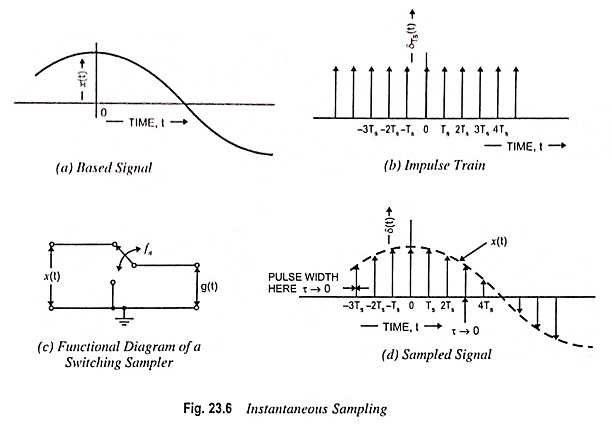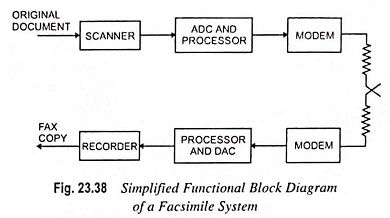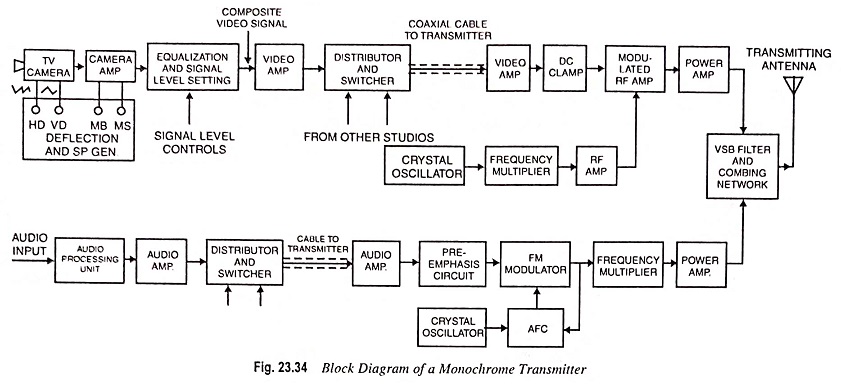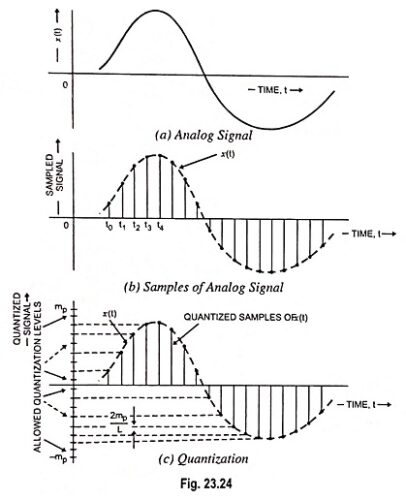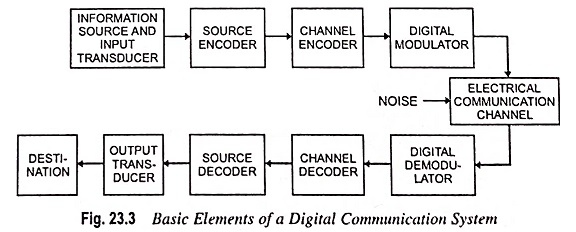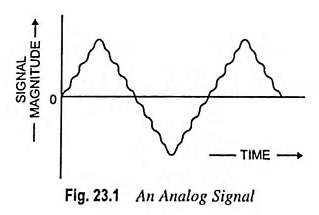Types of Sampling Techniques
Types of Sampling Techniques: Basically there are three types of sampling techniques : (i) Instantaneous sampling, (ii) Natural sampling and (iii) Flat-top sampling. Out of these three types of sampling techniques, instantaneous sampling is called…
